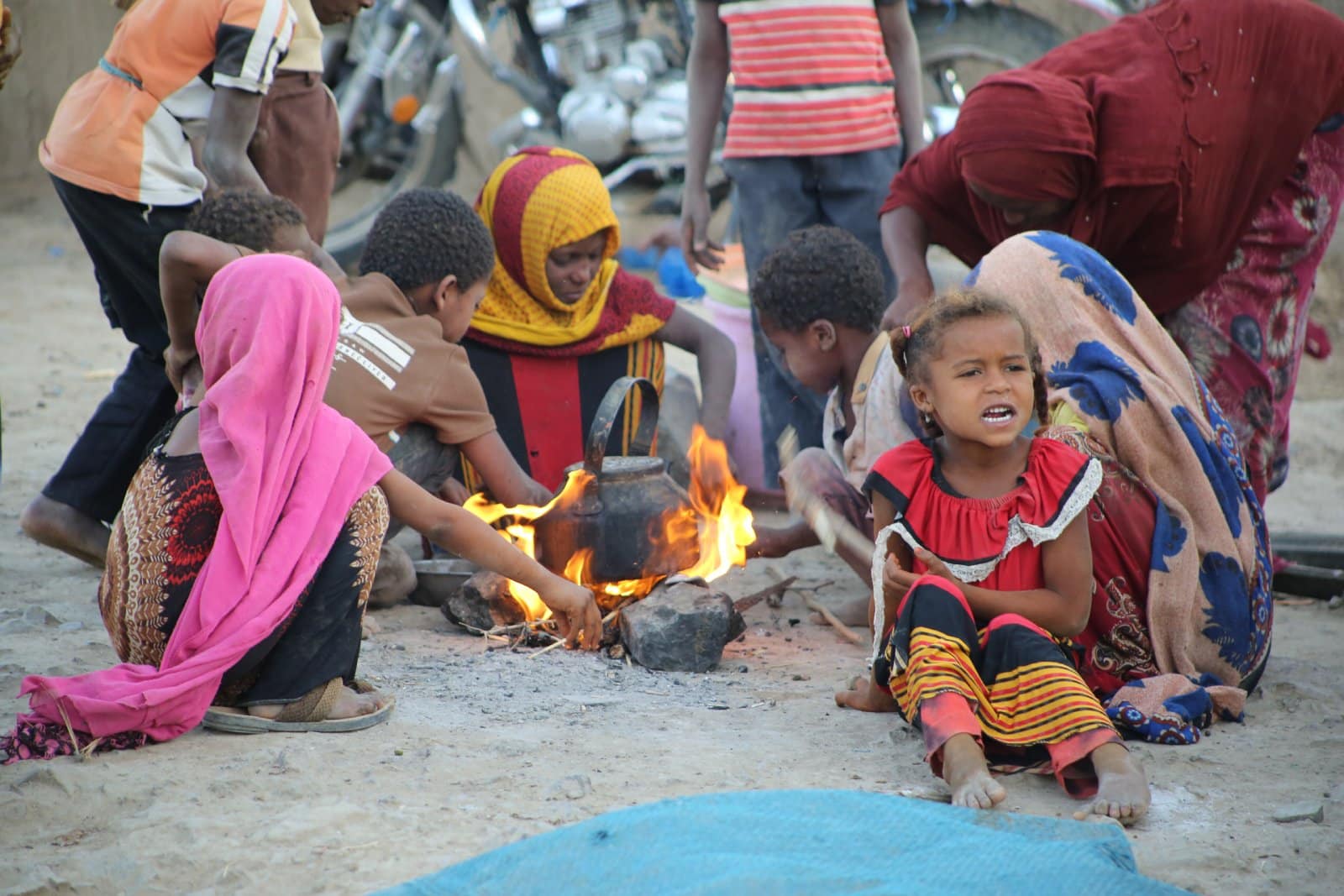Explore the staggering realities of global income inequality through these statistics. From wealth concentration to systemic disparities in healthcare, education, and housing, these figures shed light on the pervasive challenges faced by marginalized communities worldwide.
1. Wealth Concentration

The world’s richest 1% own more than half of the world’s wealth, while the bottom 50% collectively own less than 1% of global wealth.
2. Digital Divide

The digital divide persists globally, with wealthier individuals and communities having greater access to technology and the internet. At the same time, millions of people, particularly in rural and low-income areas, lack access to reliable internet connectivity and digital resources.
3. Education Investment

Globally, governments often prioritize funding for higher education institutions, benefiting wealthier individuals while neglecting investments in primary and secondary education, exacerbating inequality in access to quality education.
4. Climate Vulnerability

Marginalized communities, including low-income populations and indigenous peoples, are disproportionately affected by the impacts of climate change, such as extreme weather events, rising sea levels, and environmental degradation, despite contributing the least to greenhouse gas emissions.
5. Food Insecurity

Despite global food production being sufficient to feed the entire population, millions of people still suffer from food insecurity due to poverty, inequality, and unequal distribution of resources, leading to hunger and malnutrition, particularly in developing countries.
6. Carbon Emissions

The richest 10% of the world’s population is responsible for over half of global carbon emissions, while the poorest 50% contribute just 7%.
7. Wealth Disparity in the US

In the United States, the top 1% of earners hold more wealth than the entire middle class combined.
8. Education Divide

In developing countries, children from the poorest households are nearly five times more likely to be out of school than those from the richest households.
9. Pandemic Impact

The global pandemic widened income inequality, with the wealthiest individuals benefiting from surging stock markets while millions faced unemployment, loss of income, and increased poverty.
10. Healthcare Disparities

In many countries, the wealthiest individuals have access to advanced healthcare services and technologies, while millions of people lack access to basic healthcare, leading to significant disparities in health outcomes.
As we reflect on these disparities, let us commit to advocating for policies and practices that promote equity, justice, and opportunity for all individuals, regardless of their socioeconomic status. By working together to dismantle systems of oppression and uplift the most marginalized among us, we can strive towards a more just and equitable world for future generations.
The post 10 Startling Statistics That Highlight Global Income Inequality first appeared on Pulse of Pride.
Featured Image Credit: Shutterstock / StunningArt.
For transparency, this content was partly developed with AI assistance and carefully curated by an experienced editor to be informative and ensure accuracy.

